Paul Simon released his seventh solo album, Graceland, in 1986. Prior to the album’s release, he was going through personal and professional hardships, and a new album should have been just the thing to bring him out of those dark moments. However, the resulting album became shrouded in controversy and haunted by political assumptions. This is the story of Graceland and how it became mixed up with apartheid in the late 80s.
Videos by American Songwriter
[RELATED: The Bob Dylan-Inspired Simon and Garfunkel Track That “Horrified” Paul Simon]
What Did Paul Simon’s Graceland Have To Do With Apartheid?
For all intents and purposes, Paul Simon probably should not have made Graceland when he did. The album took direct inspiration from the South African style of music called mbaqanga. Simon was given a tape of mbaqanga music, describing it as “very good summer music, happy music,” according to a 1986 profile from Rolling Stone. Producer Hilton Rosenthal then encouraged Simon to create an entire album inspired by mbaqanga and South African music.
However, at this time apartheid was still a major concern. Beginning in 1948, South Africa was dominated completely by the minority white population through institutionalized racial segregation. Economically, socially, and politically, native South Africans were under the control of an authoritarian culture built on unjust laws and legislation. In the 1980s, the issue attracted significant attention from the United Nations, becoming an international concern and jumpstarting many anti-apartheid social movements at the time.
Specifically, the UN declared a cultural boycott to “prevent all cultural, academic, sporting and other exchanges” of South Africa. However, Paul Simon went to South Africa anyway. Later, he told the New York Times, “I knew I would be criticized if I went, even though I wasn’t going to record for the government … or to perform for segregated audiences. I was following my musical instincts in wanting to work with people whose music I greatly admired.”
Simon Had Good Intentions to Bring Native South African Music to a Greater Audience, But Could Graceland Have Been Made at Any Other Time?
Paul Simon had support from Quincy Jones, Harry Belafonte, and the South African Black musicians’ union to go to South Africa and record Graceland. However, not everyone shared the same encouragement. Simon’s record label didn’t put any stock in the album, but Simon used that to his advantage anyway. He was also criticized after the album’s release by artists like Billy Bragg, Paul Weller, and Jerry Dammers. Additionally, James Victor Gbeho—the Ghanian Ambassador to the United Nations—and the organization Artists United Against Apartheid condemned Simon for violating the boycott.
However, Paul Simon worked to make everything about Graceland above board. He paid the contributing artists $200 an hour when Johannesburg musicians were usually paid $15. He worked with artists like Lulu Masilela, Tao Ea Matsekha, General M. D. Shirinda and the Gaza Sisters, and the Boyoyo Boys Band.
Essentially, the intent behind Graceland was positive, and Paul Simon worked hard to give native South African musicians a voice. Still, with the repercussions and controversy surrounding the album, one can’t help but wonder if it would have gone over better once apartheid was abolished in 1994. Although, one also can’t help but wonder if the album came at just the right time after all.
Graceland remains a culturally relevant album because of when it was made. It became more than an album, but a bridge between cultures and artists. Even though Paul Simon was accused of being pro-apartheid and received threats, Graceland is still a crucial piece of work in his oeuvre, and it’s possible it wouldn’t have had the same impact if it was made much later.
Featured Image by David Redfern/Redferns

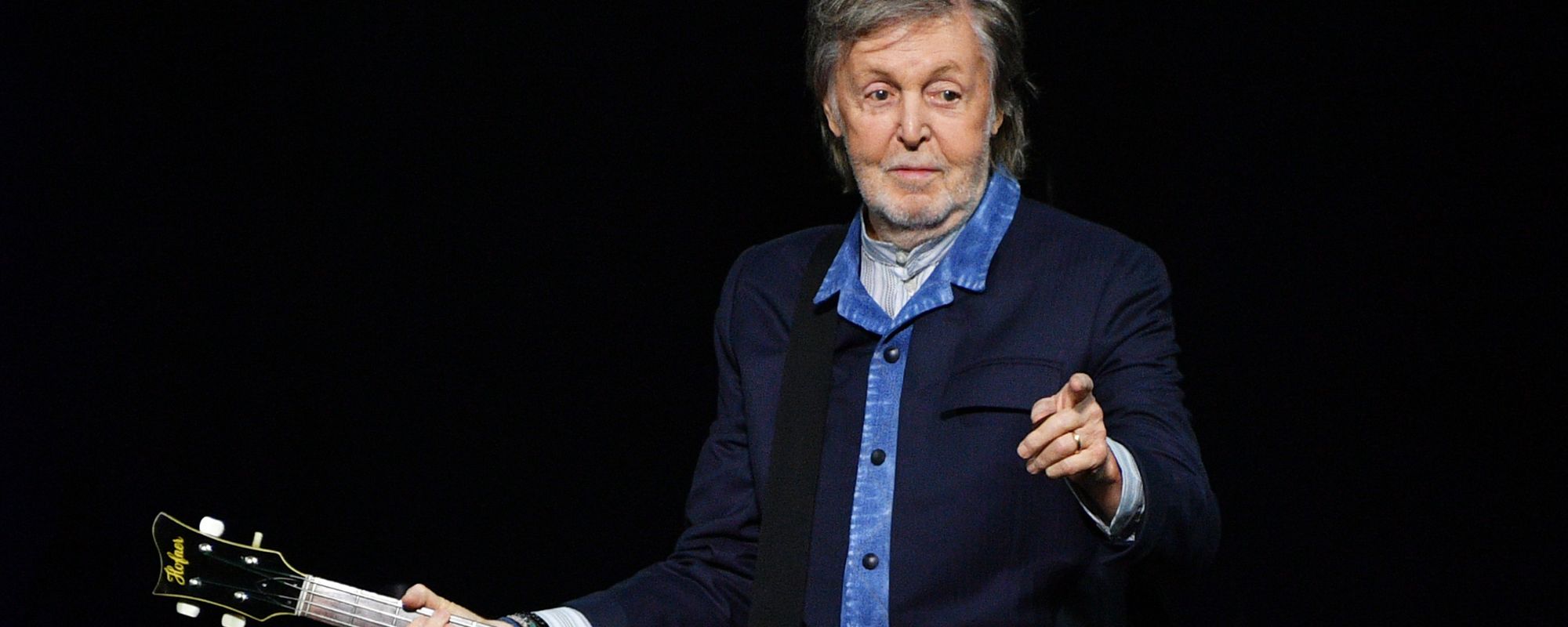

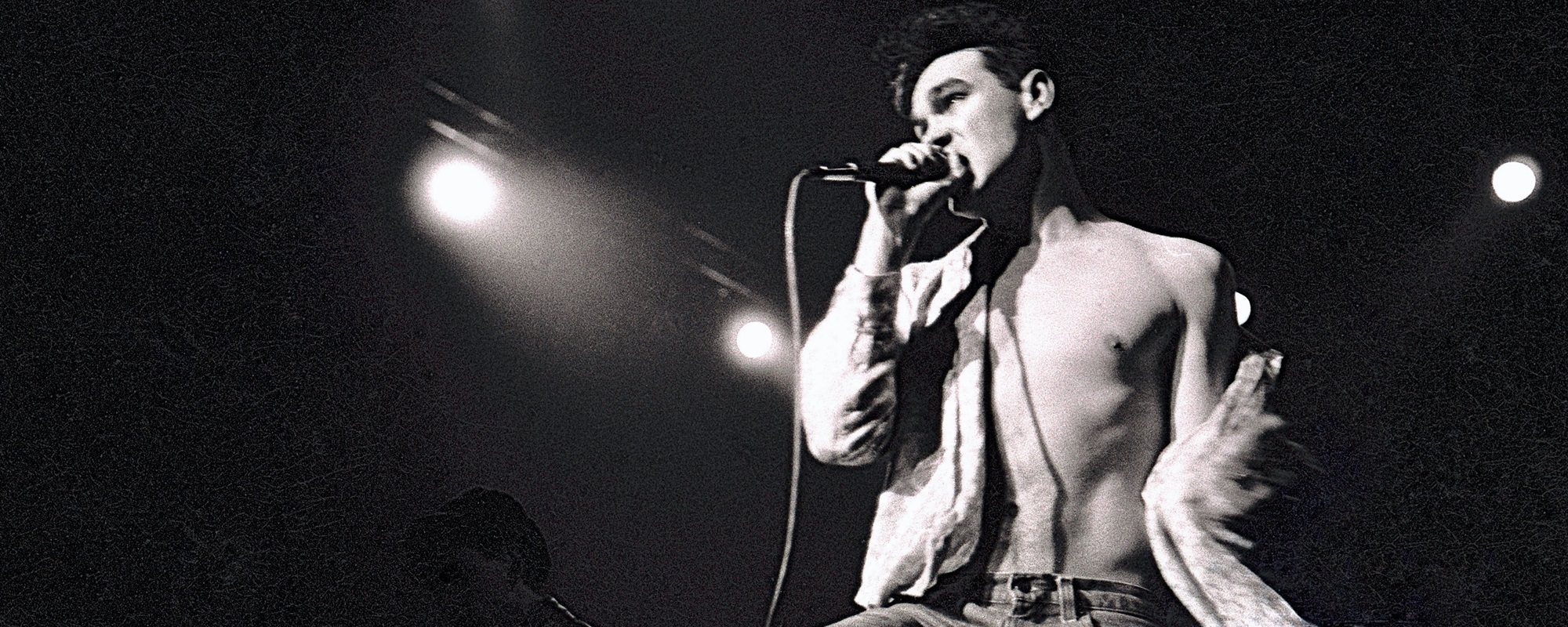
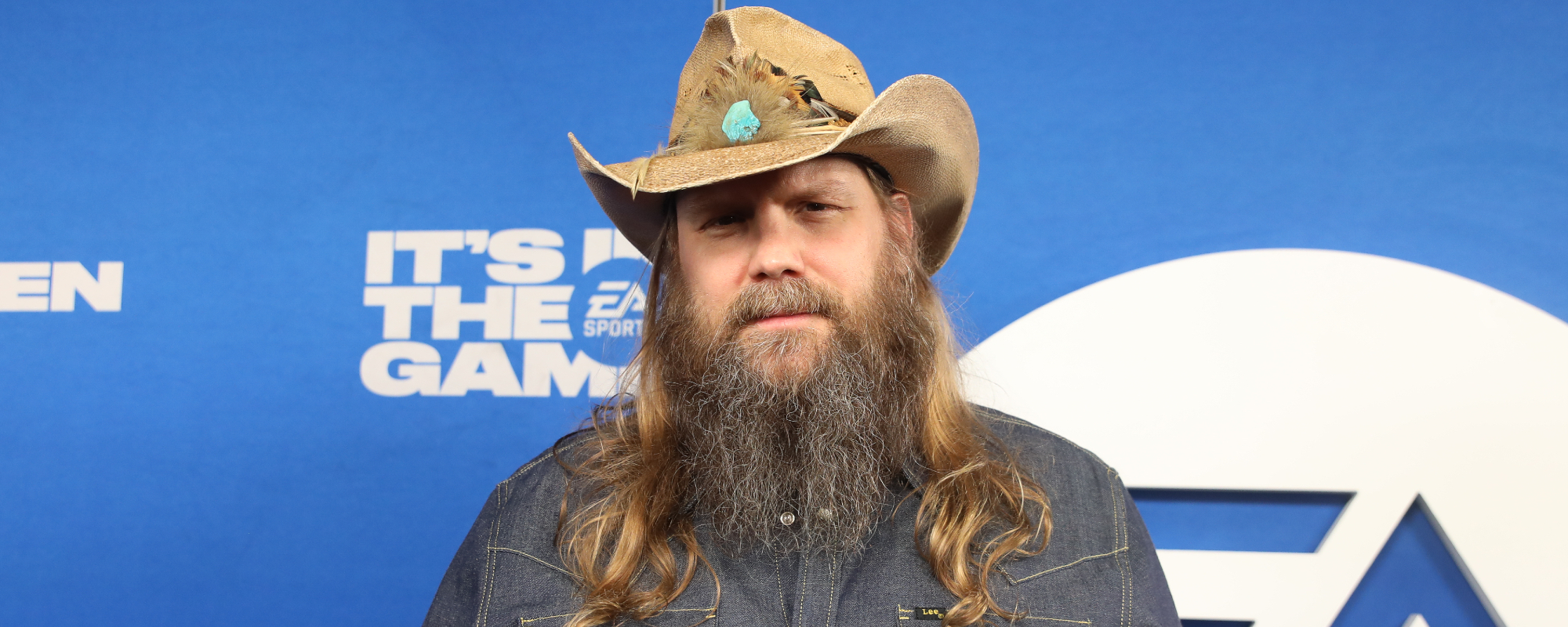
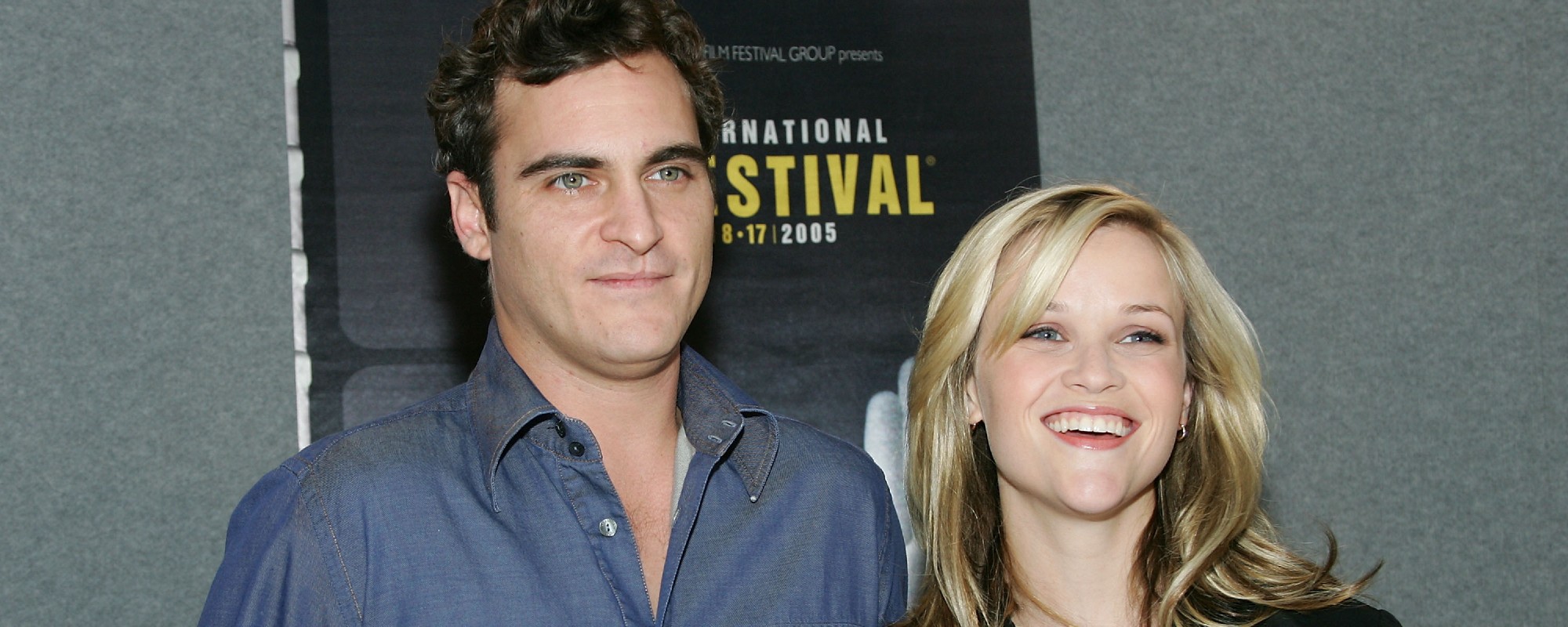
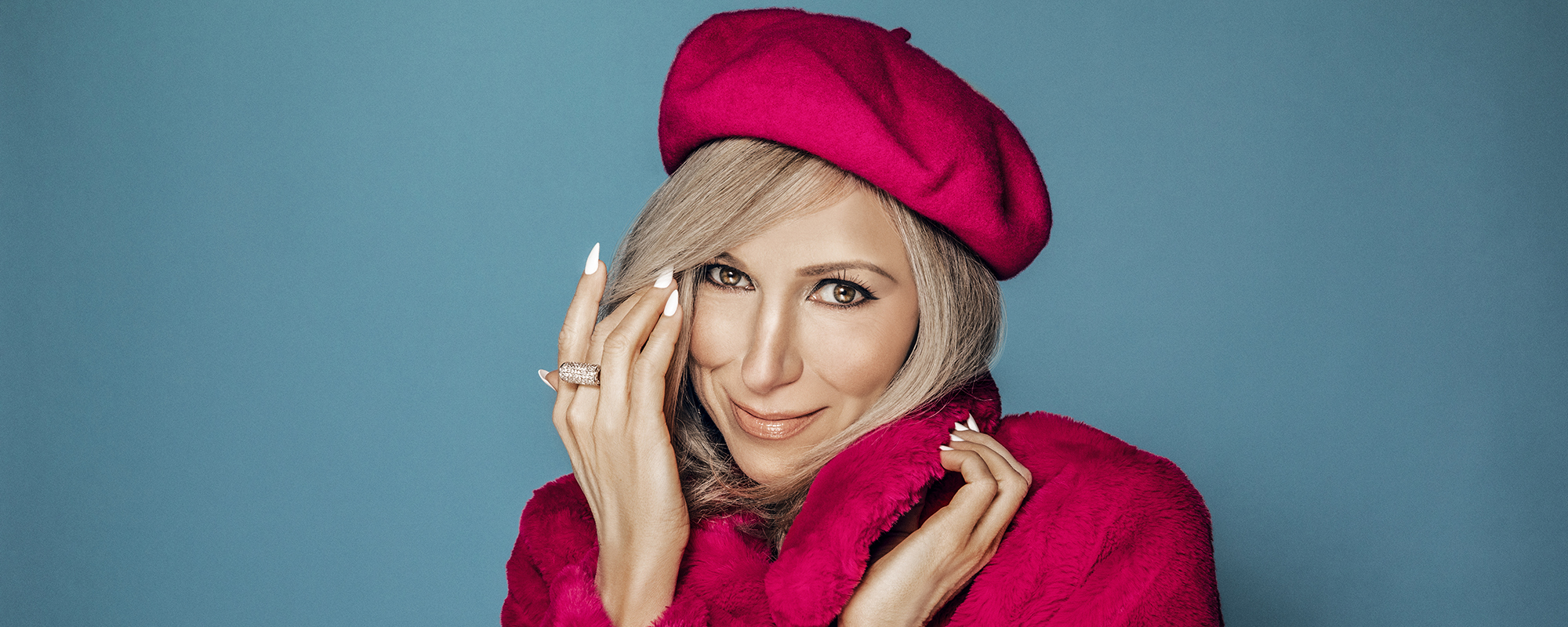


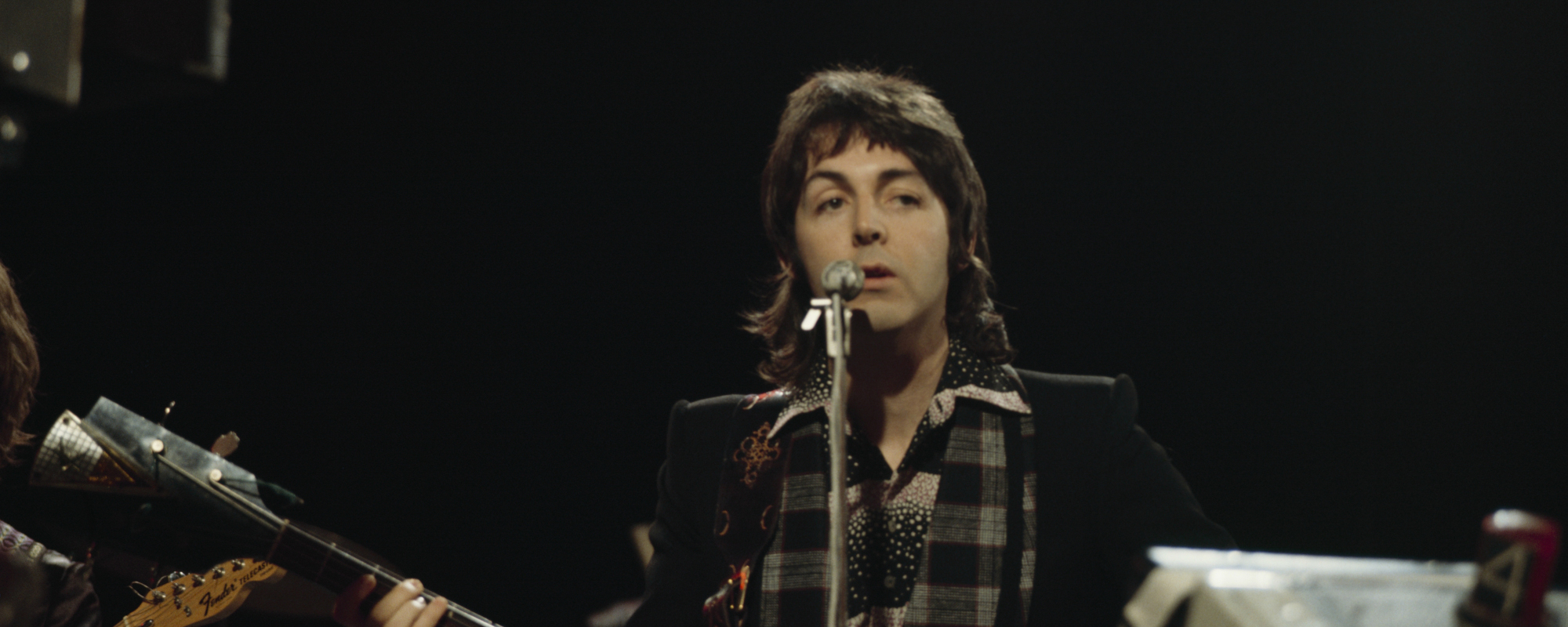



Leave a Reply
Only members can comment. Become a member. Already a member? Log in.